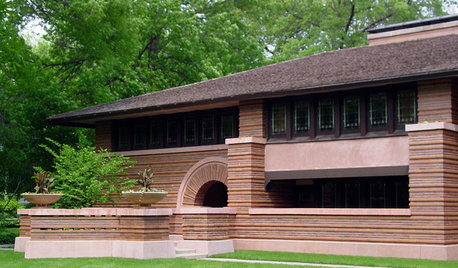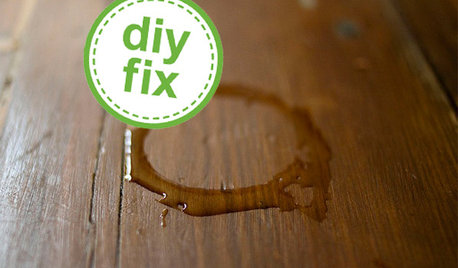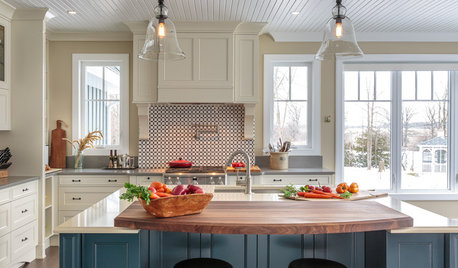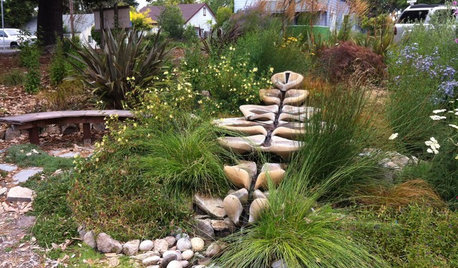dampness/ water table
aprilwhirlwind
17 years ago
Related Stories

HOUSEKEEPINGHow to Remove Water Rings From Wood Tables
You may be surprised by some of these ideas for removing cloudy white water marks from wood surfaces
Full Story
DESIGN DICTIONARYWater Table
A house's water table keeps wetness outdoors and adds architectural interest to a home's design
Full Story0

DECORATING GUIDESQuick Fix: Erase Water Rings from Furniture
A few household items can quickly rejuvenate tarnished wood tabletops
Full Story
CONTAINER GARDENSContainer Garden Basics: How and When to Water Potted Plants
Confused about soil moisture, the best time to water and what watering device to use? This guide can help
Full Story
ARCHITECTUREWant to Live by the Water? What You Need to Know
Waterside homes can have amazing charm, but you'll have to weather design restrictions, codes and surveys
Full Story
KITCHEN DESIGNKitchen of the Week: Elegant Farmhouse Style on the Water
Beautifully designed cabinets and more lend a timeless appeal to this kitchen overlooking a river in Canada
Full Story
SAVING WATER11 Ways to Save Water at Home
Whether you live in a drought-stricken area or just want to help preserve a precious resource, here are things you can do to use less water
Full Story
SAVING WATERXeriscape Gardens: How to Get a Beautiful Landscape With Less Water
Conserve water and make gardening much easier with the xeriscape approach’s 7 principles
Full Story
HEALTHY HOMEHow to Choose a Home Water Filtering System
Learn which water purification method is best for your house, from pitchers to whole-house setups
Full Story
LANDSCAPE DESIGNNew Ways to Design With Water
Go beyond 3-tiered fountains and faux waterfalls to discover water's architectural possibilities
Full StoryMore Discussions








lazypup
aprilwhirlwindOriginal Author
Related Professionals
Cibolo General Contractors · Auburn General Contractors · Browns Mills General Contractors · Chicago Ridge General Contractors · Dunedin General Contractors · Lighthouse Point General Contractors · Milton General Contractors · Oneida General Contractors · Parsons General Contractors · San Marcos General Contractors · Valle Vista General Contractors · North Hollywood Flooring Contractors · Panama City Beach Flooring Contractors · Winter Park Flooring Contractors · Cocoa Flooring Contractorslazypup